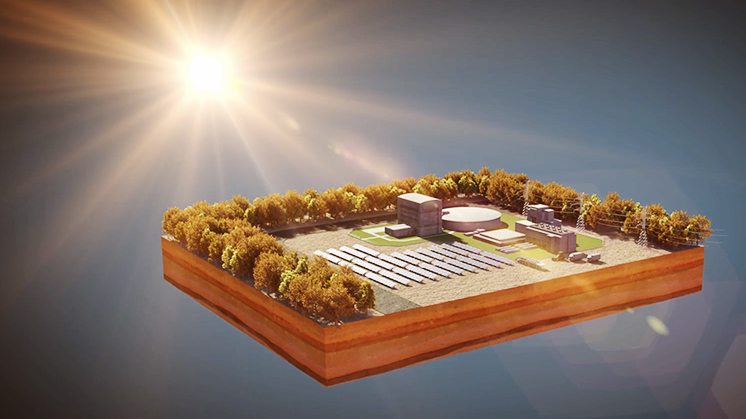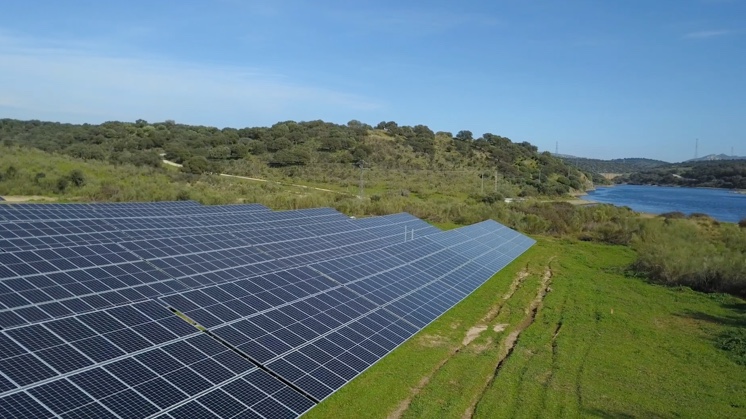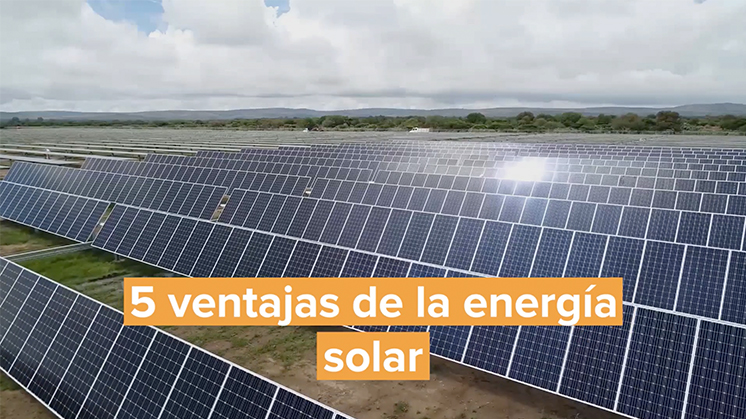Photovoltaic solar power operation
How do photovoltaic plants work?
Iberdrola projects Photovoltaic energy
Photovoltaic solar energy is obtained by converting sunlight into electricity using a technology based on the photoelectric effect. It is a type of renewable, inexhaustible and non-polluting energy that can be produced in installations ranging from small generators for self-consumption to large photovoltaic plants. Discover how these huge solar fields work and the history of solar energy.
How photovoltaic solar energy works, in 3D.
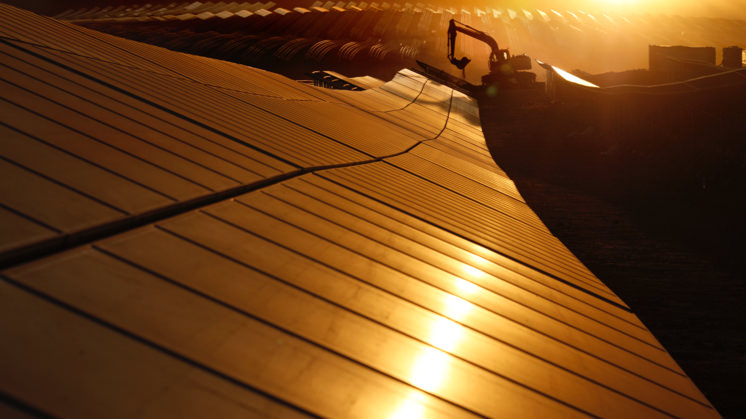
The Campo Arañuelo complex (Cáceres) is one of Spain's most innovative clean energy projects with its three photovoltaic plants and battery storage system.
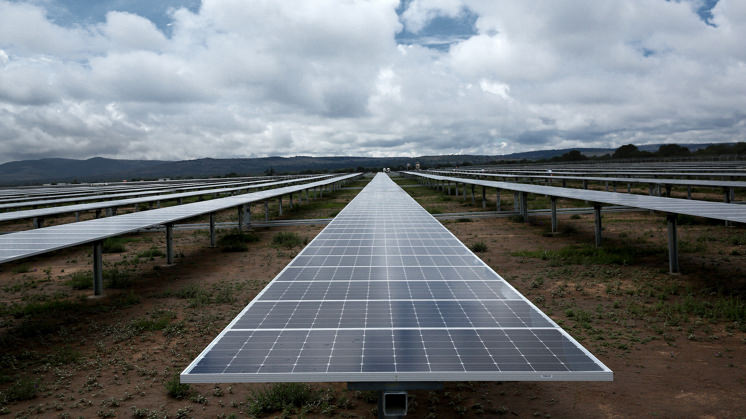
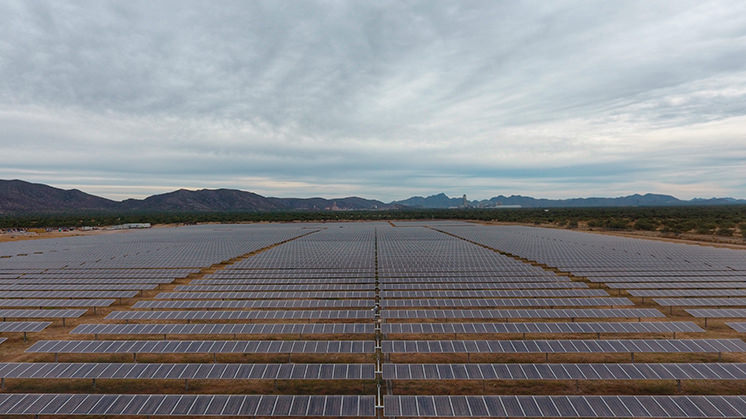
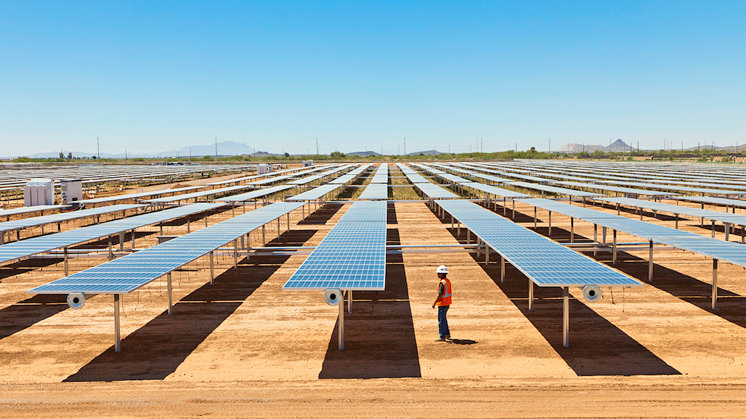
What is photovoltaic energy and how does it work?
Photovoltaic solar energy is a clean, renewable source of energy that uses solar radiation to produce electricity. It is based on the so-called photoelectric effect, by which certain materials are able to absorb photons (light particles) and release electrons, generating an electric current.
A semiconductor device called photovoltaic cell is used for this purpose, which can be made of monocrystalline, polycrystalline or amorphous silicon, or other thin-film semiconductor materials. The cells made from monocrystalline silicon are obtained from a single crystal of pure silicon and achieve maximum efficiency, between 18 % and 20 % on average. Those made from polycrystalline silicon are made in blocks from several crystals, so they are cheaper and have an average efficiency of between 16 % and 17.5 %. Finally, those made from amorphous silicon have a disordered crystalline network, which leads to a lower performance (average efficiency between 8 % and 9 %) but also a lower price.
Types of photovoltaic plants
There are two types of photovoltaic plants: those that are connected to the grid and those that are not. Within the former there are two sub-classes:
- Photovoltaic power plants: all the energy produced by the panels is fed into the electricity grid.
- Generator with self-consumption: part of the electricity generated is consumed by the producer (in a dwelling, for example) and the rest is discharged onto the grid. In addition, the producer takes from the grid the energy needed to meet their demands when the unit does not supply enough.
These grid-connected installations have three basic elements:
- Photovoltaic panels: these are groups of photovoltaic cells mounted between layers of silicon that capture solar radiation, converting solar energy into electrical energy (electrons) from light (photons).
- Inverters: they convert the direct electrical current produced by the panels into alternating current, suitable for consumption.
- Transformers: the alternating current generated by the inverters is low voltage (380-800 V), so a transformer is used to raise it to medium voltage (up to 36 kV).
Off-grid facilities operate in isolation and are often located in remote locations and on farms to meet lighting demands, support telecommunications and run pumps in irrigation systems. These isolated plants require two additional elements to function:
- Batteries: to store the energy produced by the panels that is not used when it is generated, the stored energy can then be used when needed.
- Controllers: to protect the battery from overcharging and prevent inefficient use of the battery.
Operation of a photovoltaic plant
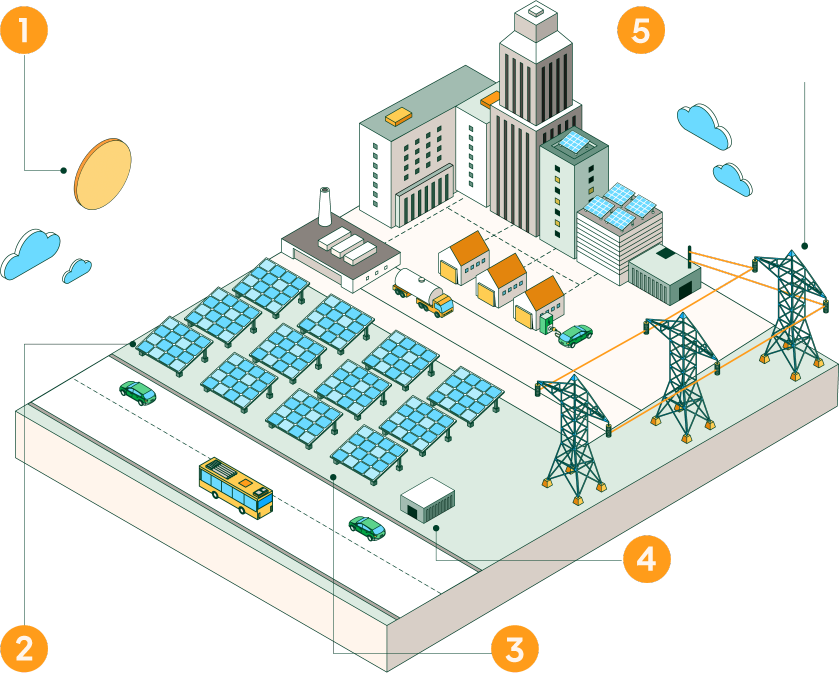
- Thanks to the photoelectric effect, the electromagnetic radiation emitted by the sun is converted into electrical energy
- The alternating electric energy, now suitable for consumption, is distributed along transmission lines
- Photovoltaic panels are formed from cells that absorb light particles (photons) and release electrons or direct electric current
- The continuous electrical energy produced by the panels is converted into alternating current by the inverters
- Transformers raise the electricity to a medium voltage (up to 36 kV)
Advantages of photovoltaic power.
Advantages of photovoltaics
- It is a 100 % renewable, inexhaustible and non-polluting type of energy that does not consume fuels or generate waste, which is why it contributes to sustainable development.
- It is modular, so it can be used in installations ranging from huge photovoltaic plants on the ground to small roof panels.
- It enables the installation of batteries for storing excess electricity that can be put to a later use.
- It is a system particularly suitable for rural or isolated areas where power lines are not available or are difficult or expensive to install, or for geographical areas that receive many hours of sunshine per year.
- It contributes to creating green jobs and boosting the local economy through cutting-edge projects.
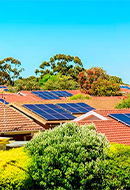
What is solar energy?
A sustainable and clean alternative to polluting energy sources.
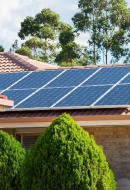
Photovoltaic solar panels
What they are, types of panels and how they work.
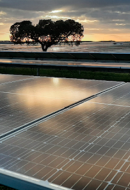
Photovoltaic energy terms
Top 10 terms to know about photovoltaic energy.

Photovoltaic self-consumption
Discover this ally in the fight against climate change.
Iberdrola, spearheading photovoltaic solar power
We are leaders in solar energy.
In keeping with the our pledge to combat climate change, Iberdrola Group is wagering on renewables to drive the energy transition and the much-needed decarbonisation and electrification of the economy. The Group plans to invest €21 billion in renewables by 2028, of which €2 billion will go to photovoltaic solar to increase installed capacity through this technology by 2.2 GW.
Photovoltaic solar generation is a core focus for the company. According to data from the Fiscal Year 2024 Results Presentation, Iberdrola has 7,796 MW of photovoltaic capacity. The company has the largest photovoltaic plant operating in Europe, Francisco Pizarro (Cáceres), with a capacity of 590 MW and the largest installed by Iberdrola in the world.





